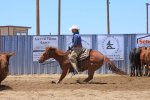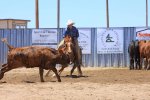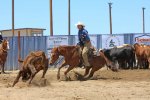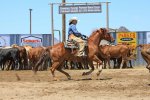MillieA
New User
Hi Everyone,
I have been riding on and off for a good few years, then have spent the last 2 years also working on the ground doing Natural Horsemanship. I would like to find a riding school where I can have lessons in what I think of as Natural Horsemanship riding. That is (my definition anyway!) using your body and body posture more than reins and legs to ride the horse. Does anyone know of any in the Oxfordshire, Wiltshire, Berkshire, Buckinghamshire, Gloucestershire areas? Many Thanks!
I have been riding on and off for a good few years, then have spent the last 2 years also working on the ground doing Natural Horsemanship. I would like to find a riding school where I can have lessons in what I think of as Natural Horsemanship riding. That is (my definition anyway!) using your body and body posture more than reins and legs to ride the horse. Does anyone know of any in the Oxfordshire, Wiltshire, Berkshire, Buckinghamshire, Gloucestershire areas? Many Thanks!




